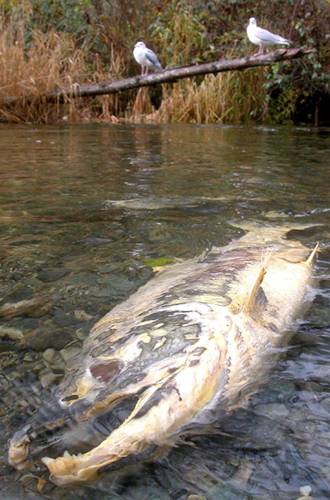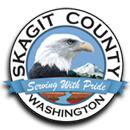Salmon Strategy
State of Skagit SalmonIf the state of the salmon is an indicator of overall watershed health, then our watersheds are sick. Skagit River Chinook salmon stocks have been declining since at least 1935. Despite occasional short-term increases, the long-term trend for Chinook populations is inexorably negative. Where Chinook catches once numbered in the tens of thousands, in the 1990s they fell to several hundred. Given climate change and increasing conversion of habitat to human uses, the prognosis for long-term species survival—absent decisive action—is poor. That’s why Skagit County is now engaged in a proactive program to restore salmon habitat and encourage recovery throughout the Skagit River watershed. Skagit Salmon RecoveryThe Skagit River, which hosts all five species of Pacific salmon, is often called the “last, best hope” for salmon recovery in Puget Sound. Salmon recovery in the Skagit watershed is coordinated by the Skagit Watershed Council, a non-profit community partnership for salmon recovery and the designated lead-entity for Water Resource Inventory Areas 3 and 4. Three Skagit watershed salmonid species have been listed as threatened under the Endangered Species Act. The Orca whales that feed on these fish have been listed as “endangered,” a more serious classification that triggers the most protective regulations.
What is Skagit County Government Doing to Help?Skagit County is doing its part to assist salmon recovery in the Skagit watershed, but it can do a lot more. Salmon recovery requires accomplishing three main objectives, and Skagit County is making progress on each.
How Can Individuals Help?Individuals can help salmon both in their daily lives and by changing how they use land in our watershed — land use can significantly affect water quality and quantity. See our comprehensive list of ways individuals can assist salmon recovery in the Skagit watershed. Documents
|
 Photo: Allan Eppler, Victoria BC |




